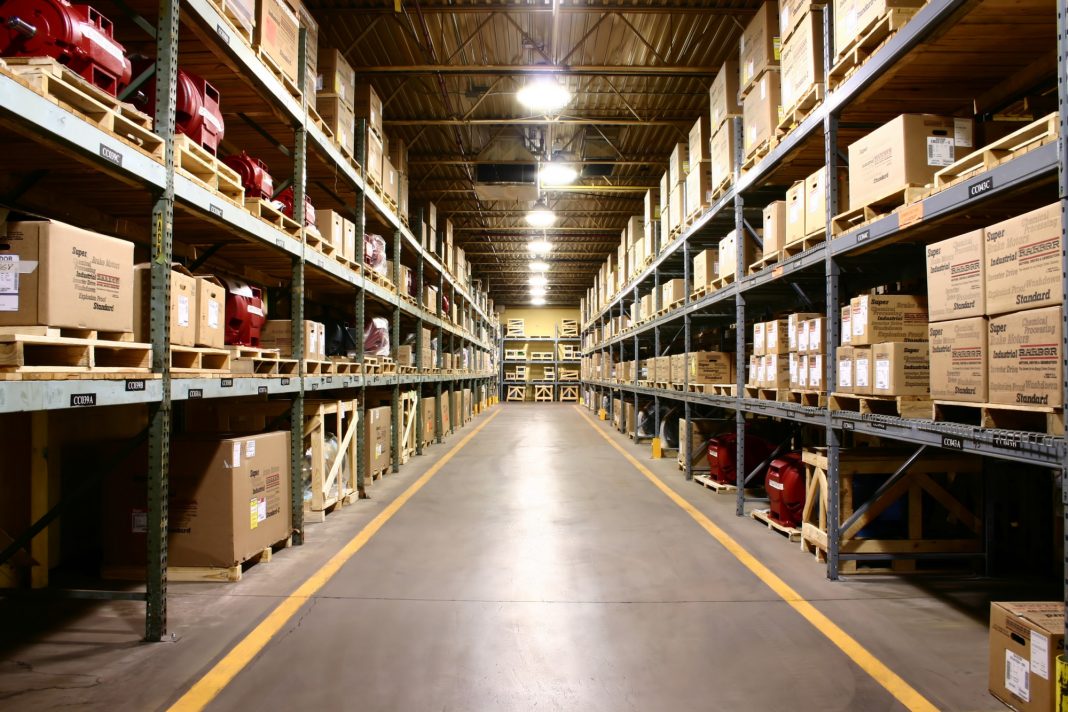Running a warehouse is no easy task. It requires following a smooth, streamlined process in order for things to go smoothly. Unfortunately, many factories don’t operate as they should because of careless errors.
So, what are the most common warehousing mistakes that your company should avoid? Well, take a look at the list below.
1. Poor Housekeeping
Good housekeeping is essential when it comes to running a well-working warehouse. Dirty factories are not efficient and are difficult to run. If there are things like broken pallet boards and shrink wrap debris on the warehouse floor, it creates a problem.
Not to mention, when dirt and dust begin to build on the interior, it’ll affect other parts of the warehouse, like the light fixtures. Also, a dirty factory is a safety risk for staff employees. Thankfully, this particular error is something that can be fixed relatively easily.
2. Inventory Inaccuracy
If a mistake happens at the start of inventory, it’ll likely end in a mistake. Accurate inventory is one of the most important parts of running a warehouse. Without it, it’s nearly impossible to track goods and products.
Following the goods-in process can help to prevent detrimental errors. If you don’t pay attention to how warehouse goods are received and manage the stock placed on shelves, it can lead to waste.
To combat this issue, have a few team members handle the goods-in tasks. This will make sure that the receiving process goes smoothly, and it’ll also positively affect the goods out process.
3. Keeping Extra Inventory
Another one of the most common warehousing mistakes is holding on to extra inventory. Many warehouses tend to hold extra inventory just in case something goes wrong. However, too much inventory can create extra costs for your business. When you have an overload of products, it can lead to damage, and spoilage of goods and products.
To avoid holding too much inventory, it’s vital to track inventory and customer demand. But you must do this and keep your inventory levels low without running out of the products that you need.
4. Using Paper
These days, technology has made warehouse management much more efficient. But believe it or not, there are some warehouses that still use paper. Doing this drastically increases the risk of mistakes and lost paperwork.
Not to mention, doing things this way requires more labor from employees. But by switching over to an electronic process, your warehouse will experience increased accuracy and efficiency in inventory and other paperwork.
5. Not Separating Shipping and Receiving Areas
It’s not a good idea to have the shipping and receiving area in the same space. Instead, you should separate the areas for shipping out orders and receiving new goods. By doing so, it’ll reduce mistakes.
On busy days, it’s so easy for your staff members to potentially mix up the incoming goods with the outgoing goods. When this happens, it can create delays in shipments and waste. It also decreases customer satisfaction if customers don’t receive the correct products.
Put the shipping and receiving areas on opposite sides of the warehouse to minimize the risk of crossover.
Follow this importer’s guide for more assistance on how to run shipping and receiving.
6. Neglecting Staff Training
All of your staff members must be properly trained in order to do their jobs correctly. By not investing in an effective training program for your employees, it creates a gap in productivity. Your employees must undergo continual training and development so that they are skilled to operate in their work positions.
When your staff members are up to par, it’ll minimize the risk of accidents and frequent staff turnover. Plus, when warehouses run more efficiently, it leads to more profits.
One of the most common warehousing mistakes that employers make is not helping their staff members. But believe it or not, your employees are one of the most essential components of a smooth-running warehouse. Pour into your staff and you’re guaranteed to notice a positive change.
7. Failing to Plan Ahead
You must plan for the future when you run a warehouse. There are highs and lows to every business, so you must be prepared. Try your best to stay up to date on the latest trends within the industry, and do regular evaluations of your warehouse processes.
It’s a good idea to do an annual examination of your factory and all of your business operations. In addition to that, set aside quarterly or monthly reviews to examine the progress of all of your business goals.
By planning for the future you can potentially grow and bring in more business, as well as avoid defaulting during times of low productivity.
8. Not Adhering to Safety Policies
It’s vital to follow safety guidelines when running a warehouse. If your company cuts corners within the workplace, it can get expensive over time. An increase in worker compensation claims and OSHA fines could be detrimental to your business.
Not to mention, your employees won’t like working in an unsafe environment, which will lead to constant turnover. Be sure to adhere to all OSHA guidelines to avoid these issues.
Avoiding Common Warehousing Mistakes
Once you begin to fix these common warehousing mistakes, things will run much smoother. Without decency and order, production will suffer, which is the last thing you want. But if you implement the tips above to avoid common errors, things will be fine.
If this information helped you, check out more of our website to discover more informative articles.
